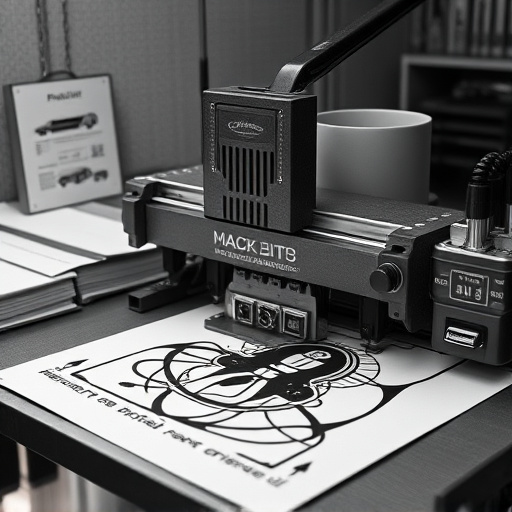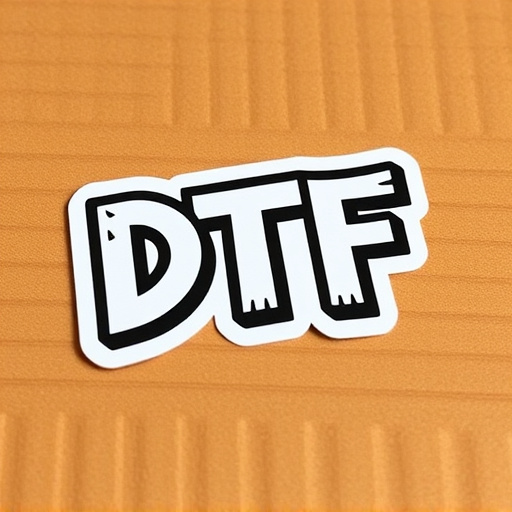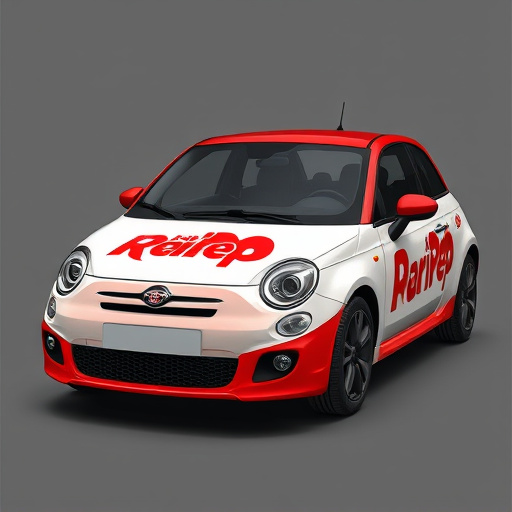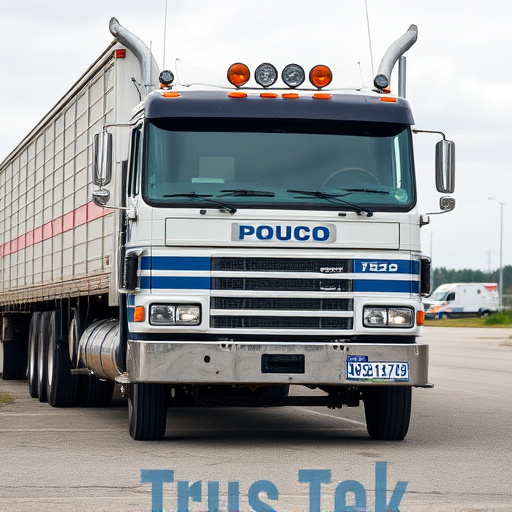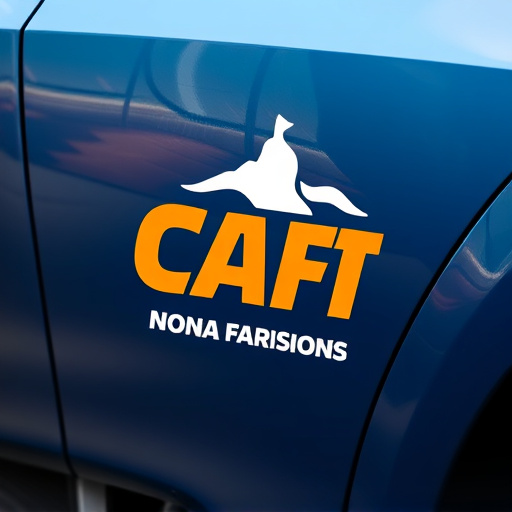Startups in saturated markets need a deep understanding of market dynamics to set effective pricing strategies, involving competitor analysis, customer demand assessment, and industry trend tracking. By studying successful companies offering similar products, they can set competitive pricing that attracts customers while maintaining profitability. This dynamic approach includes tailoring prices according to target audience needs, ensuring both customer satisfaction and business viability. Regularly reviewing and adjusting pricing is crucial for long-term success in a competitive environment.
Breaking into a saturated market can be daunting for startups, but strategic competitive pricing is a powerful tool for success. This article guides you through navigating complex market dynamics and setting effective pricing strategies. We’ll explore key factors influencing startup pricing, providing insights on implementing and adjusting pricing to stay competitive in crowded spaces. Discover how to differentiate your offering and capture market share effectively.
- Understanding Market Dynamics for Effective Pricing Strategies
- Key Factors in Setting Competitive Pricing for Startups
- Implementing and Adjusting Pricing to Stay Competitive in Saturated Markets
Understanding Market Dynamics for Effective Pricing Strategies

Startups entering saturated markets must grasp market dynamics to craft effective pricing strategies. This involves analyzing existing competitors, customer demand patterns, and industry trends. By understanding how customers perceive value in a crowded space, startups can position their products or services accordingly. For instance, studying successful companies offering similar solutions, like heat rejection systems for vehicles or vehicle protection features, reveals pricing benchmarks and unique selling points.
Competitive pricing is not merely about matching competitors’ rates; it’s about finding the right balance between attracting customers and sustaining profitability. Incorporating insights from market analysis into pricing strategies ensures startups don’t undercut themselves while avoiding setting prices too high, which could deter potential buyers. This dynamic approach allows for flexibility in offering competitive pricing tailored to the specific needs and sensitivities of the targeted customer base, be it for vehicle enhancements or robust protection features.
Key Factors in Setting Competitive Pricing for Startups

When setting competitive pricing for startups entering saturated markets, several key factors come into play. Firstly, understanding the target audience’s purchasing power and willingness to pay is essential. Market research should reveal the price points that potential customers perceive as fair for products or services similar to yours. This involves gauging demand and competition, which can help determine a pricing strategy that stands out without undervaluing your offering.
Additionally, startups must consider direct and indirect competitors within the market. For instance, in industries like automotive detailing or ceramic coating, established players might have set industry standards for pricing. Startups should evaluate their unique selling points—whether it’s superior quality, specialized services, or innovative technology, such as advanced heat rejection solutions—and incorporate these into their pricing structure to reflect their added value. This strategic approach ensures that competitive pricing is not just about matching competitors but outshining them by offering exceptional value.
Implementing and Adjusting Pricing to Stay Competitive in Saturated Markets

When entering a saturated market, startups must be agile in their approach to pricing, constantly implementing and adjusting strategies to stay competitive. A crucial initial step is understanding the target audience’s purchasing power and willingness to spend on offerings within that specific sector. For instance, in a market with many established competitors offering services like window tinting or scratch protection, pricing must reflect both the value brought by your startup and align with the industry norms.
Regularly reviewing and revising pricing models is essential for long-term success. Startups should be willing to adapt quickly; if competitors introduce new offerings or promotions, such as protective coatings at discounted rates, it’s vital to reassess and make necessary changes. This dynamic approach ensures that your startup maintains its competitive edge while offering attractive prices that draw in customers without sacrificing profit margins.
Competitive pricing is a dynamic strategy that requires constant adaptation in saturated markets. By understanding market forces, weighing key factors, and promptly adjusting their pricing models, startups can carve out a unique niche. This strategic approach not only ensures survival but also fosters growth in highly competitive environments, ultimately leading to long-term success.
